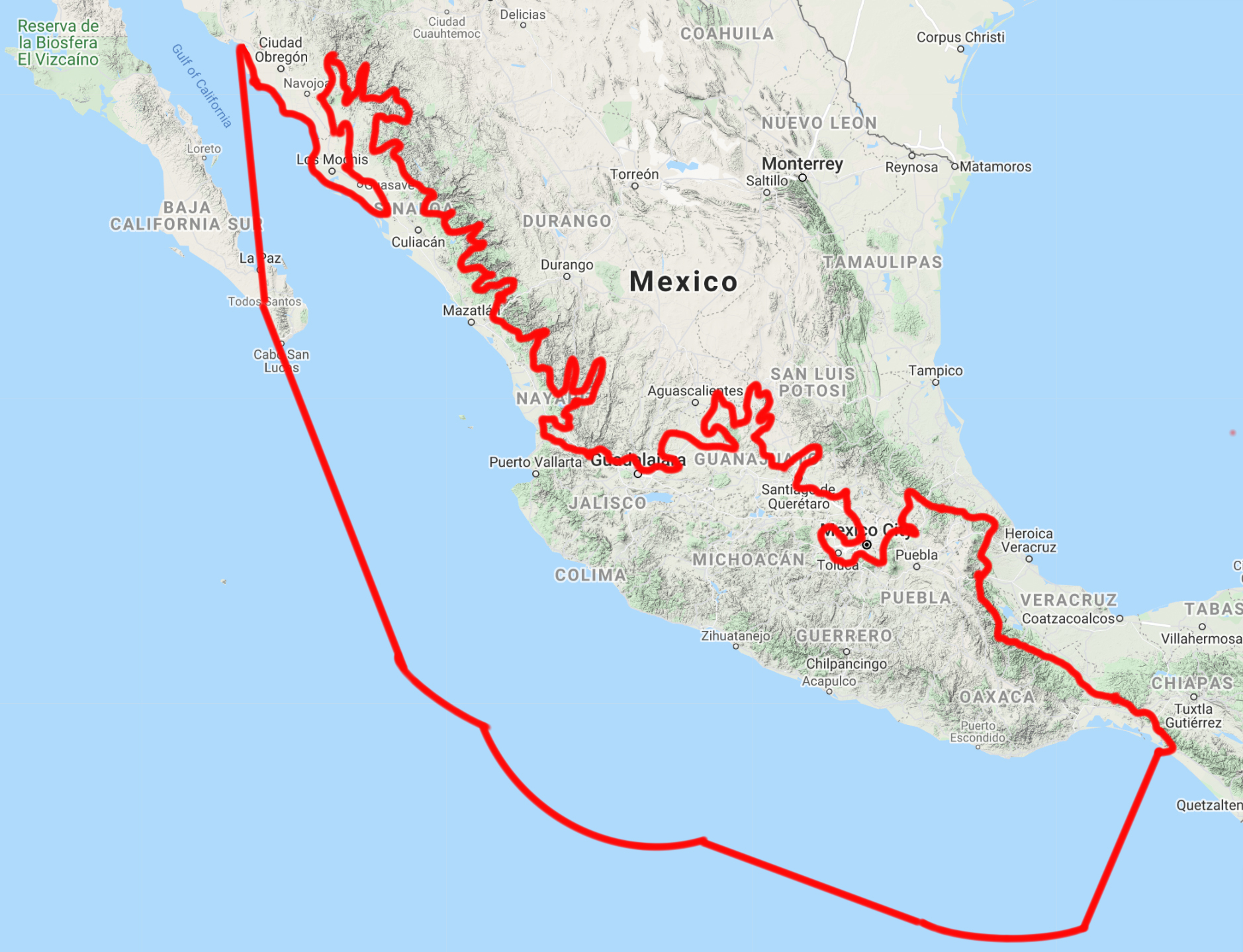Omilteme cottontail rabbit: the inspiring rare species hiding in Mexico
- Nature Conservation
- Land Conservation
- Iconic Species
- Wildlife
- Mammals
- Pollinators
- Central America Subrealm
- Central America Realm
One Earth’s “Species of the Week” series highlights an iconic species that represents the unique biogeography of each of the 185 bioregions of the Earth.
Isolated in the Sierra Madre del Sur Mountain range in Mexico is the village of Omilteme. The steep slopes surrounding the community are home to exceptional biodiversity found nowhere else on earth. Hummingbirds and Mexican cottontails fill the forest in a fairytale-like manner, but one local rabbit species has become a legend. The Omilteme cottontail rabbit was possibly last seen in 2011, but its legacy of keeping its ecosystem’s soil fertile lives on.

The Omilteme cottontail rabbit is the Iconic Species of the Mexican Dry & Coniferous Forests Bioregion (NT28).
Its name derives from the village and the local reserve, Omilteme State Ecological Park, the only place where Omilteme cottontails have been observed. A larger body size ears greater than 53 millimeters (2 in) from the base and a distinct reddish-brown color separate Omiltemi from other neighboring rabbit species.
Very little is known about Omilteme cottontail rabbits, with the IUCN Red List of Threatened Species listing them as “Data Deficient.” The last two specimens were scientifically observed in 1998, with an inconclusive photograph taken in July 2011. However, local people have reported many sightings over the years. These have occurred in higher elevations that biologists didn’t think was in the species’ range.
In August 2019, José Alberto Almazán Catalán, President of a local environmental NGO named INMACOB, worked with a team of researchers and local guides to search for the Omiltemi cottontail on multiple expeditions. The first step was to interview the Omilteme community. Members described the rabbit in full detail and its importance to the forest.
Most rabbit species help keep invasive plants under control. This encourages other vegetation, insects, and animals to thrive. The Omilteme cottontail provides numerous additional benefits to its ecosystem, but perhaps the most important is their droppings providing this lush, unique forest with a natural fertilizer.
Although the researchers and camera traps they placed throughout the forest didn’t deliver concrete evidence of the Omilteme cottontail, the team is optimistic. Even for abundant species, it’s not unusual for biologists to go days without seeing their study animals. It can also be challenging to differentiate between an Omiltemi and a Mexican cottontail in the field or on video without a comparison sample size.
The most hopeful data set, though, is the numerous sightings from the Omilteme community, showcasing that sometimes science can only go so far in conservation efforts. Local and Indigenous knowledge must be factored in to help find and protect endangered species like the Omilteme cottontail rabbit.
Interested in learning more about the bioregions of Central America? Use One Earth's interactive Navigator to explore bioregions around the world.
Launch Bioregion Navigator


